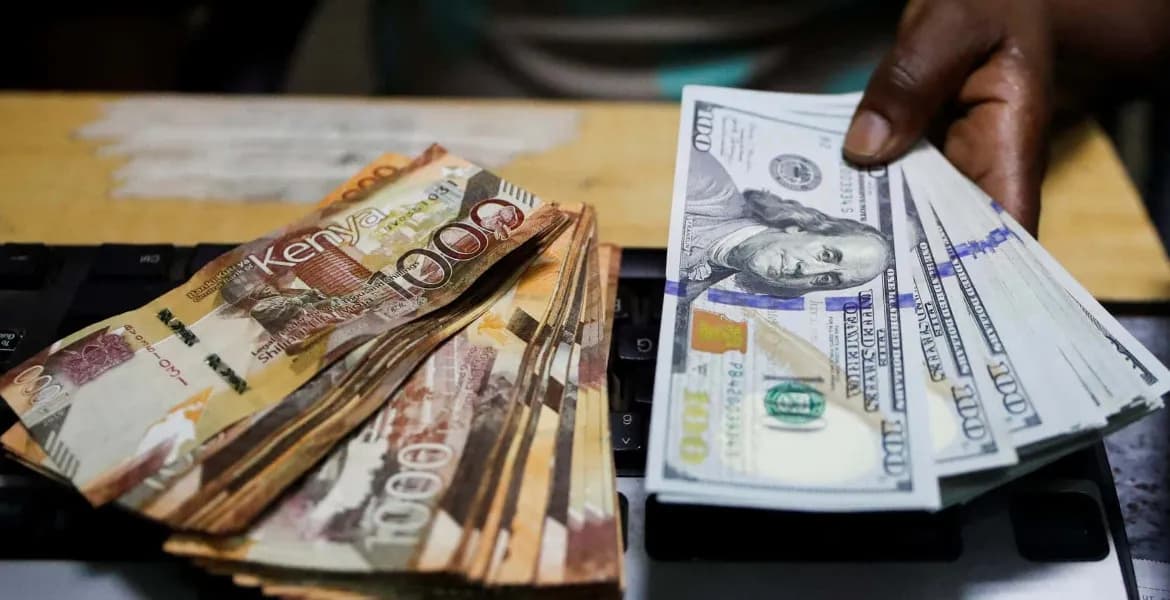We're loading the full news article for you. This includes the article content, images, author information, and related articles.
To unlock its full potential, the country must move from sentiment-driven appeals to structured, trustworthy, and strategic frameworks that align diaspora wealth with Vision 2030 and the Sustainable Development Goals (SDGs).

Over the past decade, remittances from the Kenyan diaspora have become a formidable pillar of the national economy, consistently outperforming traditional exports such as tea, coffee, and horticulture. In 2024 alone, the Central Bank of Kenya (CBK) reported a record KSh 579 billion (approximately USD 4.2 billion) in diaspora inflows—a 4.2% increase from the previous year. As economic headwinds buffet the country—marked by youth unemployment, public debt, and climate-related vulnerabilities—the role of diaspora remittances is undergoing renewed scrutiny. The key question now is: how can Kenya transition these personal transfers into engines of sustainable national development?
Remittances remain primarily household-level injections, supporting education, health, food security, and informal housing. For many families, they serve as buffers against inflation, joblessness, and stalled local development. According to the World Bank, 90% of Kenyan remittances are spent on consumption, with only a marginal fraction directed toward investment.
However, experts warn that while remittances reduce short-term poverty, their long-term developmental impact remains limited without structural redirection. “We must shift from remittances being just social cushions to being part of a larger investment framework,” says Dr. Habil Olaka, CEO of the Kenya Bankers Association.
To harness this capital for national growth, Kenya must develop targeted financial instruments and supportive policy frameworks. A few options are emerging:
Diaspora Bonds
The National Treasury’s plan to reintroduce diaspora bonds—first mooted in 2011 but never fully realized—could offer a structured, government-backed avenue for diaspora investment. Countries like Ethiopia, Nigeria, and India have successfully tapped into diaspora patriotism to raise funds for infrastructure, energy, and housing projects.
Diaspora Investment Banks and SACCOs
Kenya could formalize diaspora-owned savings and credit cooperatives (SACCOs) into regulated investment banks. These institutions could pool remittances and direct them into vetted national projects with guaranteed returns, offering diaspora members both impact and profit.
Real Estate and Affordable Housing Platforms
Many Kenyans abroad invest in real estate, but often through informal or unreliable channels. A state-backed digital marketplace—integrating verified developers, land registries, and diaspora investors—would enhance trust and efficiency, aligning remittances with the government’s affordable housing agenda.
Green Financing and Climate Resilience Projects
With Kenya acutely vulnerable to climate shocks, diaspora remittances could be redirected toward climate-resilient agriculture, water infrastructure, and green energy. A diaspora green bond could fund solar grids, reforestation, or agro-processing hubs in counties hit hardest by drought and floods.
Despite the potential, significant barriers remain. Many diaspora members express skepticism toward government-led initiatives, citing concerns over corruption, lack of transparency, and bureaucratic red tape. Financial literacy among both senders and recipients is another challenge—many are unaware of secure and profitable investment options.
Moreover, weak data coordination between the CBK, the Kenya Diaspora Alliance, and county governments limits real-time insight into where funds flow and how they could be optimized. Without accurate analytics, policy design remains largely reactive.
Experts advocate for a whole-of-government approach, integrating national ministries, diaspora communities, and county governments. Counties, especially those with high levels of out-migration such as Kisii, Nyeri, and Kakamega, should establish Diaspora Desks to facilitate investments in local projects—such as cooperatives, agritech incubators, and SMEs.
“Involving counties in the diaspora equation can bridge the gap between remittances and regional development,” notes Dr. Joyce Malombe, a policy analyst with the African Development Bank.
The private sector, too, must play a role by building trust-based platforms that de-risk investment and offer diaspora-targeted financial products. Fintech innovations like diaspora robo-advisors, automated savings plans, and fractional property ownership are already gaining traction among younger Kenyans abroad.
Kenya’s diaspora represents not just a source of capital but a potent force for innovation, diplomacy, and national cohesion. To unlock its full potential, the country must move from sentiment-driven appeals to structured, trustworthy, and strategic frameworks that align diaspora wealth with Vision 2030 and the Sustainable Development Goals (SDGs).
As remittance volumes continue to grow, the challenge now lies not in increasing the flow, but in channeling it effectively—turning private generosity into public transformation.
Keep the conversation in one place—threads here stay linked to the story and in the forums.
Other hot threads
E-sports and Gaming Community in Kenya
Active 7 months ago
Popular Recreational Activities Across Counties
Active 7 months ago
The Role of Technology in Modern Agriculture (AgriTech)
Active 7 months ago
Investing in Youth Sports Development Programs
Active 7 months ago